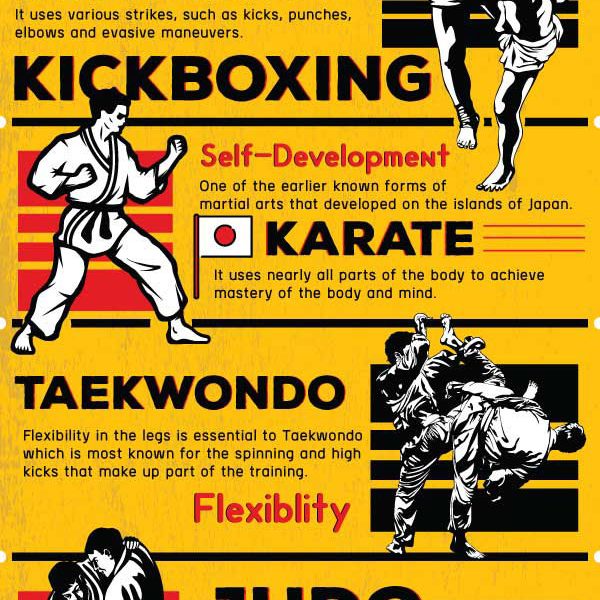The Development And Historic Context Of Martial Arts Worldwide
The Development And Historic Context Of Martial Arts Worldwide
Blog Article
Content Written By-Stevenson Matthews
Martial arts have an interesting history that spans centuries and continents. You might discover it appealing exactly how old practices like Shuai Jiao and Kalaripayattu laid the groundwork for contemporary fight strategies. These self-controls not just emphasize physical skills however also show the societies that birthed them. As you explore their development, think about how globalization has actually changed these conventional kinds into crossbreed styles. What influences do you think have formed today's martial arts landscape?
Ancient Martial arts: The Structures of Fight
As you delve into the globe of old martial arts, you'll discover the abundant foundations that shaped combat techniques across cultures. Early methods focused on Self-Defense and survival, commonly integrating strikes, hurting, and weapons.
In ancient China, for example, strategies like Shuai Jiao emphasized throws and joint locks, while India's Kalaripayattu showcased dexterity and fluid motion. Japanese samurai created Kenjutsu, a polished swordsmanship that highlighted self-control and approach.
These martial arts served not just for battle however additionally as a way of individual growth, instilling values like respect and determination. The mixing of these strategies over time prepared for the diverse martial arts you see today, each showing the unique approaches and demands of its culture.
The Cultural Impact on Martial Arts Advancement
While martial arts commonly mirror the practical requirements of a society, they also symbolize the social worths and beliefs of their beginnings. When you discover various martial arts, you'll see how they're influenced by religion, viewpoint, and social norms.
For instance, the emphasis on respect and technique in Japanese martial arts stems from Zen Buddhism and samurai society. In contrast, Brazilian Jiu-Jitsu advertises adaptability and strategy, formed by the demand for efficiency in a diverse, modern atmosphere.
You may find that the rituals, uniforms, and training approaches mirror a neighborhood's history and identity. By understanding click for info , you deepen your gratitude of martial arts and their duty fit human experiences around the world.
Modern Adaptations and the Globalization of Martial arts
Martial arts have actually changed significantly in current decades, adjusting to modern culture and international influences. You'll discover that standard types have mixed with modern methods, producing hybrid styles like MMA. martial arts training at home deal with diverse target markets, making martial arts accessible and enticing around the world.
With the rise of social media and electronic platforms, you can discover tutorials and competitors from all corners of the globe, breaking geographical obstacles. This globalization has caused a common appreciation for various techniques, from Brazilian Jiu-Jitsu to Taekwondo.
As you engage with these arts, you'll realize they're not practically battle; they promote fitness, self-control, and psychological health.
Ultimately, contemporary adaptations have actually enhanced the martial arts landscape, making it a dynamic and progressing practice.
Verdict
In discovering the history and evolution of martial arts, you discover an interesting blend of strategies, societies, and viewpoints. From ancient self-controls like Shuai Jiao and Kalaripayattu to the modern-day flexibility seen in mixed martial arts, martial arts show humanity's quest for Self-Defense and personal growth. As you involve with these practices, you not only get skills yet likewise a deeper appreciation for the varied customs that shape our world today. So, continue your journey and embrace the art of combat!
